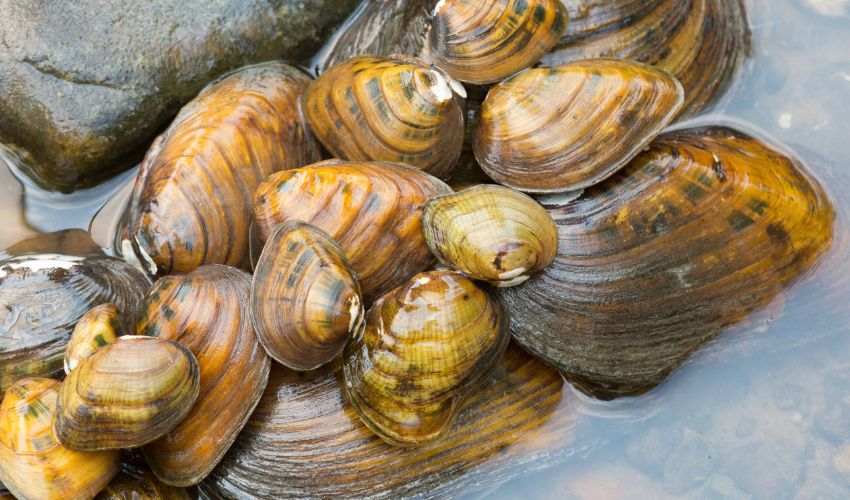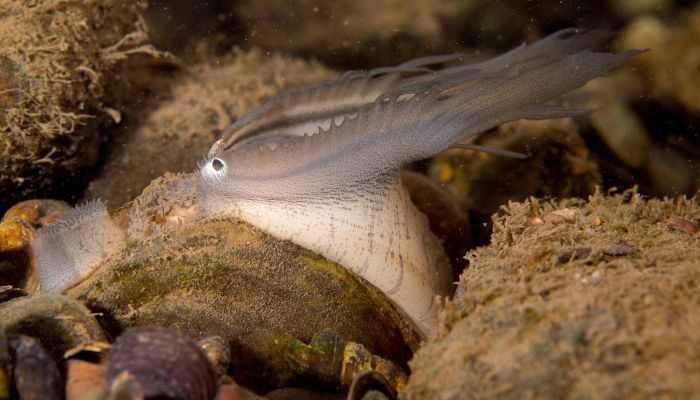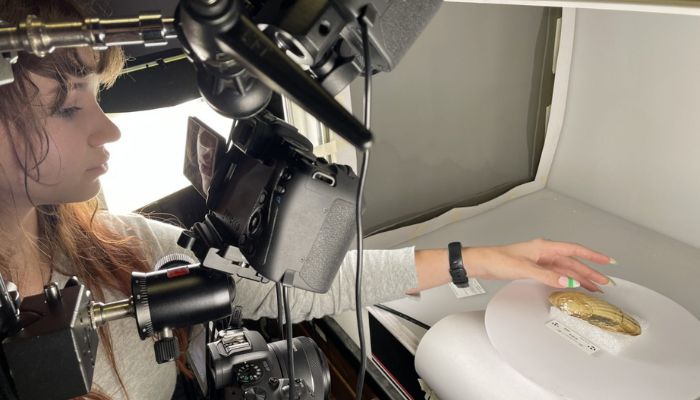3D Technologies Could Help Save Endangered Freshwater Mussels

One of the greatest challenges facing biologists is preserving the world’s delicate biodiversity by saving endangered animals. We have all heard of the most famous examples like black rhinos, mountain gorillas, African forest elephants, orangutans and of course hawksbill sea turtles, but with more than 41,000 species assessed to be under threat of extinction by the International Union for Conservation of Nature (IUCN), there are many more on the list. This includes in our very own backyard, with over 1000 endangered or threatened in the USA alone. Now in order to save one group, scientists and imaging specialists from Florida Museum of Natural History and the Smithsonian Institution’s National Museum of Natural History have teamed up to use 3D technologies to help protect freshwater mussels.
Freshwater mussels are actually one of the world’s most endangered species. John Pfeiffer, curator of bivalves (a group of marine and freshwater molluscs) at the Smithsonian Institution, explains that though the U.S. is an important hot spot for freshwater mussel biodiversity, “Many of the country’s freshwater mussels are at risk of extinction. Roughly one out of every three species are protected under the Endangered Species Act, and another 30 species are thought to have recently gone extinct.” Considering that mussels are essential to the health of streams and rivers thanks to their filtration abilities, removing algae, excess nutrients and heavy metals from their surroundings, and ability to stabilize streambeds with dense colonies, their extinction could be catastrophic for their biomes. Hence this latest effort.

Freshwater mussels, such as these pictured here, use fish to help transport them upstream (photo credits: Ryan Hagerty, U.S. Fish And Wildlife Service, CC0)
How Can 3D Technologies Help Save Freshwater Mussels?
In essence, the use of 3D technologies to help save the freshwater mussels will be two-fold. The first, is centered on education. A key part of protecting any species is of course bringing their awareness to the general public as well as directly into the hands of biologists who are attempting to protect them. As such, the National Conservation Training center is planning on creating 3D prints of the shell to enhance the Freshwater Mussel Identification course, offered to conservation professionals across the country, as well as regular citizens. This is critically important since as mussel populations decline, it seems to be increasing hard to find reference specimens for critical research.
But physical 3D prints are not the only way in which these rare species will be preserved. Another key part of the project is the creation of digital models using photogrammetry to build a comprehensive collection in a digital 3D library. Pfeiffer notes, “Some of the specimens are incredibly rare or delicate, and it’s next to impossible to have a comprehensive reference collection to help train people. So instead, we came up with the idea to create a digital 3D library that improves access to specimens by putting all U.S. species directly at your fingertips.”
Indeed, this is not the first time photogrammetry, which allows for the stitching together of multiple photographs of a single specimen into a 3D composite, has been used for this purpose. Cultural heritage studies, such as those behind projects like Scan the World or recent efforts to preserve the Easter Island heads, quickly adopted 3D models as a way to promote access to important cultural and historical monuments. Now the same process is being adopted for this freshwater mussels.
Luckily, the Florida Museum has one of the fastest and most efficient photogrammetry rigs currently in use and have further adapted it in order to simultaneously photograph from multiple angles. To take the images, the specimens are placed on an automated turntable inside a lightbox and while photographs are taken at programmed intervals during the rotation. It is then flipped allowing the bottom half to also be imaged, thus capturing the full 360-degree coverage.

A technician positions a shell on the turntable in order to capture its image (photo credits: Zachary Randall/Florida Museum)
Matthew Patterson, course leader with the Services’ National Conservation Training Center concludes, “This project is very exciting because it provides opportunities to teach field biologists and the public how to identify all of the freshwater mussel species native to the United States, including the nearly 100 species listed as threatened and endangered. And all of this is happening in 2023 as the Endangered Species Act is turning 50 years old.” You can find out more in the press release HERE or in the digital library HERE.
What do you think of these efforts to help save freshwater mussels through the use of 3D technologies? Let us know in a comment below or on our LinkedIn, Facebook, and Twitter pages! Don’t forget to sign up for our free weekly Newsletter here, the latest 3D printing news straight to your inbox! You can also find all our videos on our YouTube channel.
*Cover Photo Credits: Ryan Hagerty, U.S. Fish And Wildlife Service, CC0







Carter’s Freshwater Mussel (Westralunio carteri) contributes to this unique biodiversity; it is the only known freshwater mussel species found in south-west WA and found nowhere else in the world.It is in danger of extinction